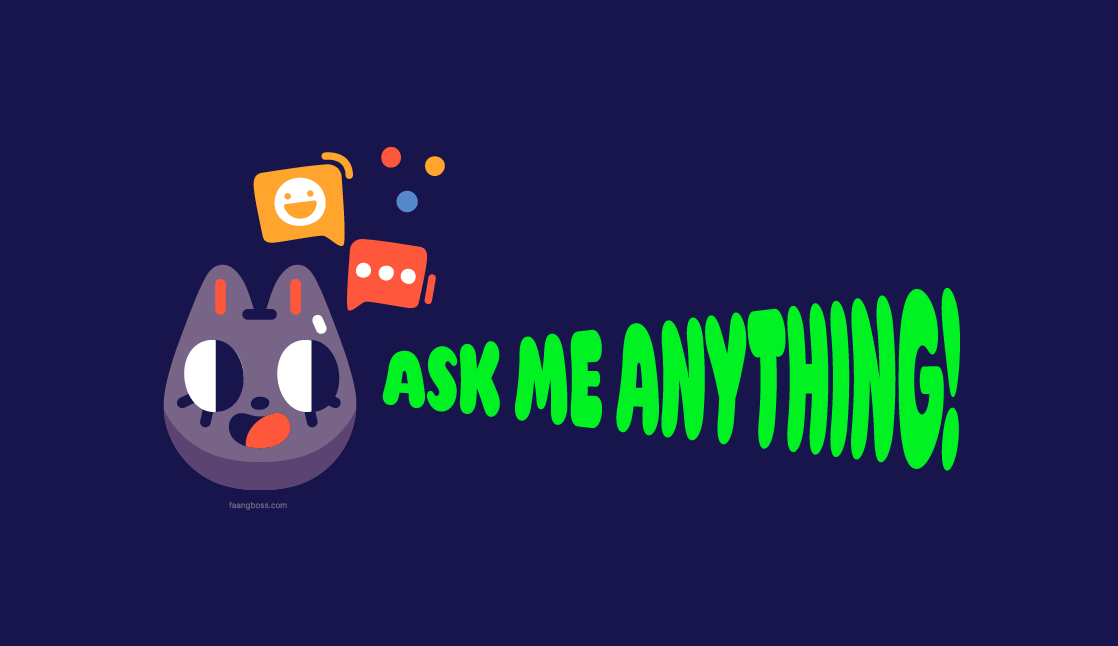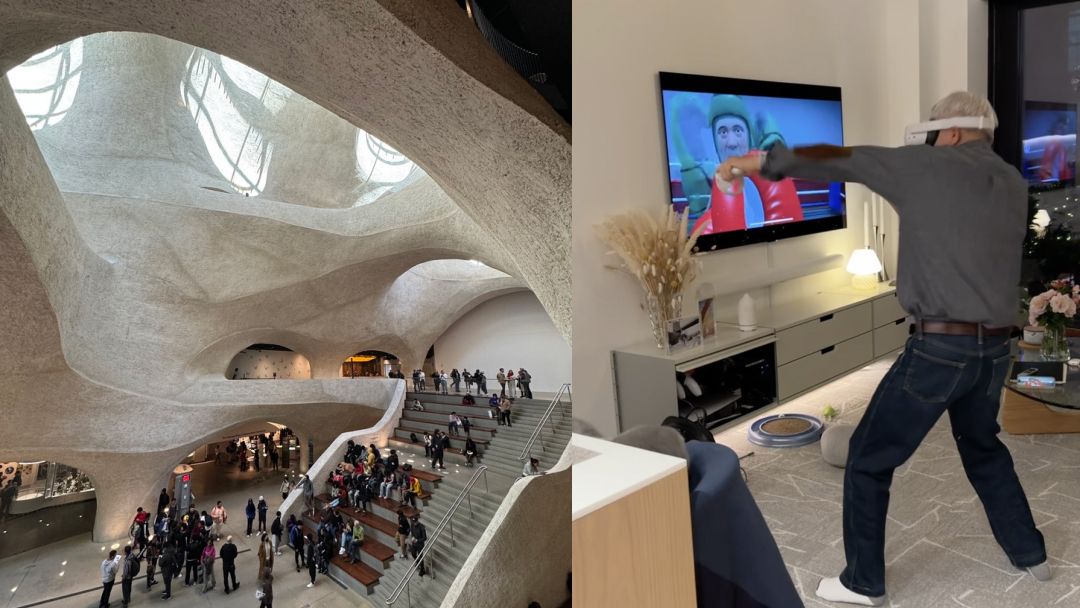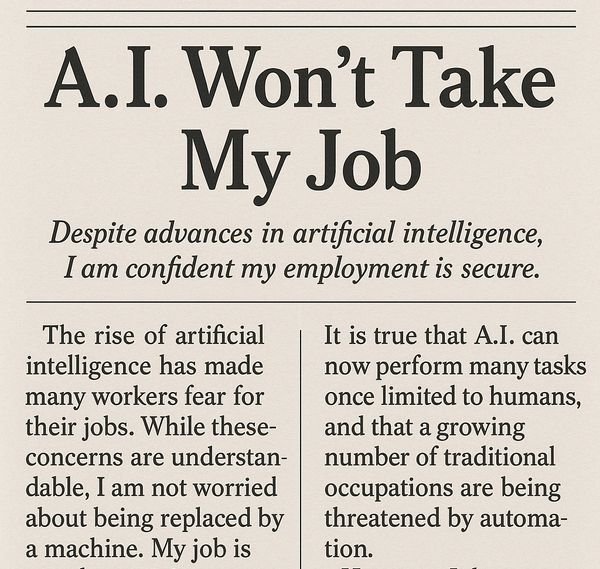November AMA column: relevant to your interests
Subscriber lead question post for November.

🌤️ Weather Report ☀️
Last week, my dad visited me in New York for the second time in 18 years. We had a meaningful heart-to-heart about the future. In remembrance of my cousin's late husband, we held a piano recital.

Thank you, Briana, for supporting this newsletter as a premium subscriber.
"Love reading your articles! They've been super helpful for me, really like reading about your thoughts and mini life updates. Could really relate the recent one about re-org/leadership changes" I asked her what topics she would like to know, she sent topics of her interest.
This edition is: Briana's Relevant to Your Interest, AMA
Q: How do you handle vague situations & problem spaces?
Would love to read more content about how you handle different challenges. What if there was a design you've spent a lot of time on but other teams said that it wouldn't work for a certain group of people. Or maybe it's a design that's about to go out about a new feature but you're figuring out the onboarding and how to get people used to the new way things work?
Navigating ambiguous situations is an essential skill in design, and it requires a balanced approach of reflection, action, and evaluation. To stretch the muscle of dealing with ambiguous situations requires developing instinct and practice.
Ask yourself:
- Do I need guidance on how to approach this problem?
- Is the issue well-defined, allowing for an autonomous approach?
- Can I develop a strategy and implement a process?
Three key elements are crucial for making decisions in these contexts:
- Critical Thinking. Prioritize thorough information gathering and analysis before making a decision. Question underlying assumptions and employ the 5 W's (Who, What, When, Where, Why) to identify the core issue.
- Emotional Intelligence. How much do you know about yourself vs others? Do you understand your partners, managers, peers, what they are faced with and why?
- Consultation and Autonomy: While it's beneficial to seek advice from trusted sources, the ultimate decision should be yours. Try to challenge your own assumptions and ideas by consulting others, but make the final call independently.
Designers should allocate up to 50% of project time to accurately define the problem, understand why it needs solving, and assess its worth. If feedback indicates that the design won't meet certain use cases, consider whether you've overlooked a specific user group that could be the design's target. Don't hesitate to question the relevancy and scope of your project.
As for my personal approach, my attitude is that everybody is an idiot. While leadership may have greater experience, I stand by my convictions until proven otherwise. I disagree and commit to decisions, but I'd put up a solid case. When I know that the other party doesn't understand, I don't ask for permission to provide clarity.
Q: I've always been a solo designer, how and when to advocate?
I still struggle with saying no to projects or trying to convince people that one design is better than another. I feel like I don't really have the seniority and I'm not sure how to get buy in from other people?





